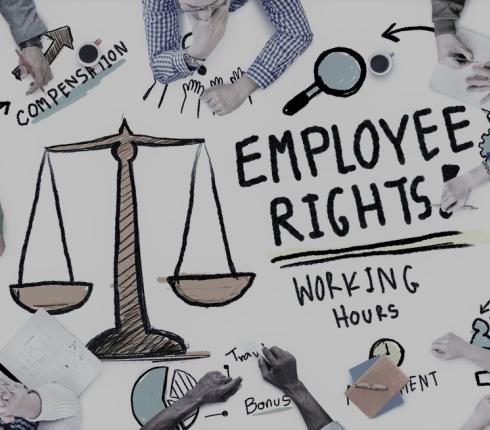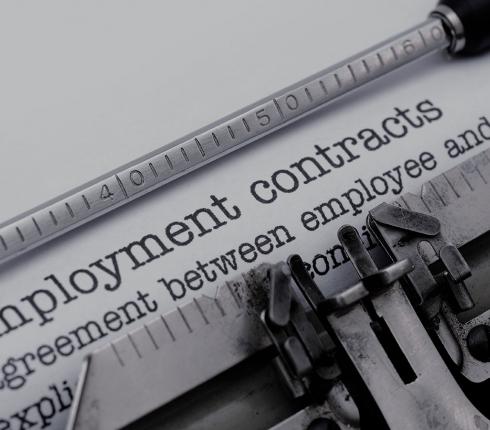NJORD Estonia: Can the employer prescribe a dress code?
These days, employers often want to dictate the way their employees dress, which is especially relevant in the customer service industry or when the employees are representing the employer in public. Many employers also find the dress code important because it reflects the values of the organization and contributes to the creation of its image.
The employer may implement rules on the appearance of workers, which are mandatory for employees to fulfil. The employer can enforce these rules in an employment contract, a job description, organizational rules or other employment documents. However, they must take into consideration that rules regarding the dress code must still remain reasonable and implementing them cannot contradict the law. Below you can find some recommendations for employers who have enforced, or plan to enforce, a dress code in their organizations.
- Don’t confuse uniforms with workwear and personal protection equipment. Workwear and personal protective equipment must be provided by the employer at the employer's own expense in accordance with labour legislation. In addition, the employer is obligated to provide cleaning and washing supplies for this equipment if the nature of the work so requires. If the worker is exposed to hazardous chemicals, equipment, or other health and safety factors, the employer must provide personal protective equipment.
- The employer may prescribe the preferred style of clothing, and which items of clothing the employee should refrain from. For example, the employer may say that when carrying out work tasks, it is forbidden to wear shorts, flip-flops, sportswear, jeans, transparent or revealing clothing. Keep in mind that the current Employment Contracts Act does not allow the employee to be penalized for violating the dress code. Nor can the employer unilaterally lower the employee's salary in case of non-compliance with the dress code. However, the employer reserves the right to not pay rewards or bonuses to an employee if they ignore the prescribed dress code.
- If the employer requires employees to wear matching uniforms (e.g. clerks or flight attendants), they may enforce such a rule, but the cost of purchasing uniforms should be borne by the employer.
- Take into consideration, that the rules regarding appearance are restrictions on the employee's personality and self-expression and must be justified. Having a dress code is more justified if the employee must often meet clients as the employer’s representative. For example, the technology company Apple doesn't require its employees to follow any strict clothing rules, and employees are generally allowed to wear what they want. But when Apple employees negotiate or meet with important customers, they are expected to look formal and follow a stricter dress code.
- Rules regarding clothing and appearance must be communicated to the employee preferably before their employment starts. It is also necessary to explain the reasons for the rules, i.e. why the employer finds it important.
- The employer, as the implementer of the principle of equal treatment, must consider the gender equality of employees and the right to self-determination. Thus, the Commissioner for Equality and Equal Treatment explained that a person should not be required to have a specific type of gender-related behaviour or a gender-typical look. For example, when it comes to clothing, the worker has the right to wear both skirts and trousers. If the employer requires a skirt, the employee is still entitled to wear trousers and vice versa.
































